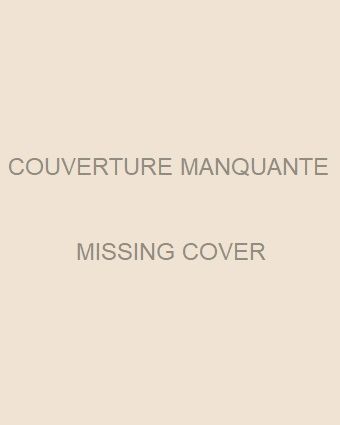
Editorial4
[author : Tim Kientzle] #Edito
TABLE OF CONTENTS
FEATURES
CorbaWeb: A Navigator for CORBA Objects7
[author : Philippe Merle, Christophe Gransart, and Jean-Marc Geib]
The CorbaWeb environment — a generic gateway between HTTP servers and CORBA objects — makes it possible for World Wide Web clients to navigate through CORBA object links using dynamically generated URLs for each object.
Hector: Distributed Objectsin Python13
[author : David Arnold, Andy Bond, and Martin Chilvers]
Hector is a framework that sits above other distributed environments, providing open negotiation and interoperability of communication protocols — and it is implemented almost entirely in Python.
W3Objects: Distributed Objects and the Web19
[author : David Ingham, Mark Little, Steve Caughey, and Santosh Shrivastava]
W3Objects, an add-on library to the Arjuna object-oriented programming system, provides tools for the construction of fault-tolerant distributed applications. The W3Object model provides a flexible and extensible way of building web applications with web resources encapsulated as objects with well-defined interfaces.
The Phantom Programming Language27
[author : Antony Courtney]
Phantom is an interpreted language designed to address the problems that arise when developing large-scale, interactive, distributed applications such as conferencing systems, multiplayer games, or collaborative work tools.
Intergalactic Distributed Objects35
[author : Ron I. Resnick]
From all appearances, the World Wide Web and the world of distributed objects are merging. Ron examines this phenomenon and suggests that the best capabilities of both domains can be used to enhance each other.
The InterLanguage Unification System41
[author : Tom Genereaux]
The Interlanguage Unification System from Xerox PARC provides a powerful programming model that supports any language for which there is a binding. Current bindings include C, C++, Lisp, and Python.
COLUMNS
Ramblings in Real Time45
[author : Michael Abrash]
Porting Quake to Rendition's Verite 3-D accelerator chip causes Michael to revisit the surface-caching technique that produces high-quality lighting without lots of polygons.
20/2050
[author : Al Williams]
Al shows how you can free Windows programs from their square (and rectangular) confines by creating irregular-shaped windows that are simple and can be implemented in most languages. He also takes a quick look at Microsoft's Visual J++ Java development environment.
DTACK Revisited55
[author : Hal W. Hardenbergh]
With a little help from his friends, Hal previews Intel's upcoming 64-bit CPU architecture, code-named "Merced."
Software and the Law59
[author : Marc E. Brown]
Submarine patents can surface years after the development process is over, and more often than not, lead to nasty legal battles.
The Software Engineer
[author : Allen Holub]
Allen wraps up his examination of ActiveX versus Java, at least when it comes to using them on web pages.